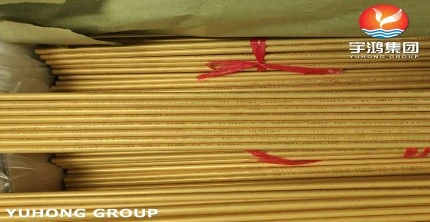The product tubes in stainless steel tubes can be divided into stainless steel round tubes, stainless steel square tubes, and stainless steel rectangular tubes. These pipes can be used in pharmaceutical machinery and packaging machinery. Additionally, stainless steel tubes used in sanitary ware, such as door handles, handrails, and towel racks, are also types of product tubes. They are commonly seen in star-rated hotels.
In today's perspective, the development and use of stainless steel tubes can be said to be ubiquitous. Stainless steel pipes are used in clothes drying racks, handrail pipes, guardrail pipes, fitness equipment pipes, sanitary pipes, machinery structure pipes, building water supply pipes, drainage pipes, industrial sewage pipes, and exhaust pipes, among many others. So, how many different surface finishes do these stainless steel tubes have?
Several surface finishes of stainless steel tubes
Stainless steel finned tubes have MF surface (as-cast surface), pickling surface, polishing surface, sandblasted surface, and brushed surface, among others. These polished surfaces also have different grades, such as 600# and 800#. The sandblasted and brushed stainless steel tubes also have their own grades, such as 180#, 240#, and 320#, which are well-known to frequent buyers of stainless steel tubes. Different types of stainless steel tubes used for different equipment purposes require certain processing. The most common are square pipes and round pipes in stainless steel product tubes, which are highly visible in pharmaceutical machinery, food packaging equipment, and vehicle handrails. In addition, stainless steel tubes used for decoration purposes undergo surface treatments such as polishing and spraying.
Precautions for storing stainless steel tubes
Among many metal materials, the demand for stainless steel tubes is very high. Stainless steel pipes are widely used in engineering construction water pipes, staircase handrail pipes, window pipes, machinery equipment structural pipes, precision pipes, and industrial seamless pipes. So, what should we pay attention to when using these stainless steel tubes? For example, the precautions for storing them. Click for stainless steel tube manufacturer.
Stainless steel tubes should be stored separately and should not come into contact with carbon steel. When installing, they should not directly come into contact with iron-containing support brackets. If using iron support brackets or steel support brackets, effective isolation measures should be taken to prevent corrosion of stainless steel by iron ions. Iron ions form original batteries on the surface of stainless steel, leading to electrochemical corrosion. Therefore, stainless steel tubes should be placed separately and should not come into contact with carbon steel. If iron-containing support brackets are used, direct contact should be avoided, and rubber or other insulation materials should be used. This is done to prevent contact with iron and the resulting corrosion caused by iron ions, as well as to prevent metallic impact from damaging the passivation film on the surface of stainless steel. For pipes embedded in walls or embedded in leveling layers, plastic-coated stainless steel tubes should be used. Moreover, the choice of stainless steel tube material should be based on the actual scenario.

 English
English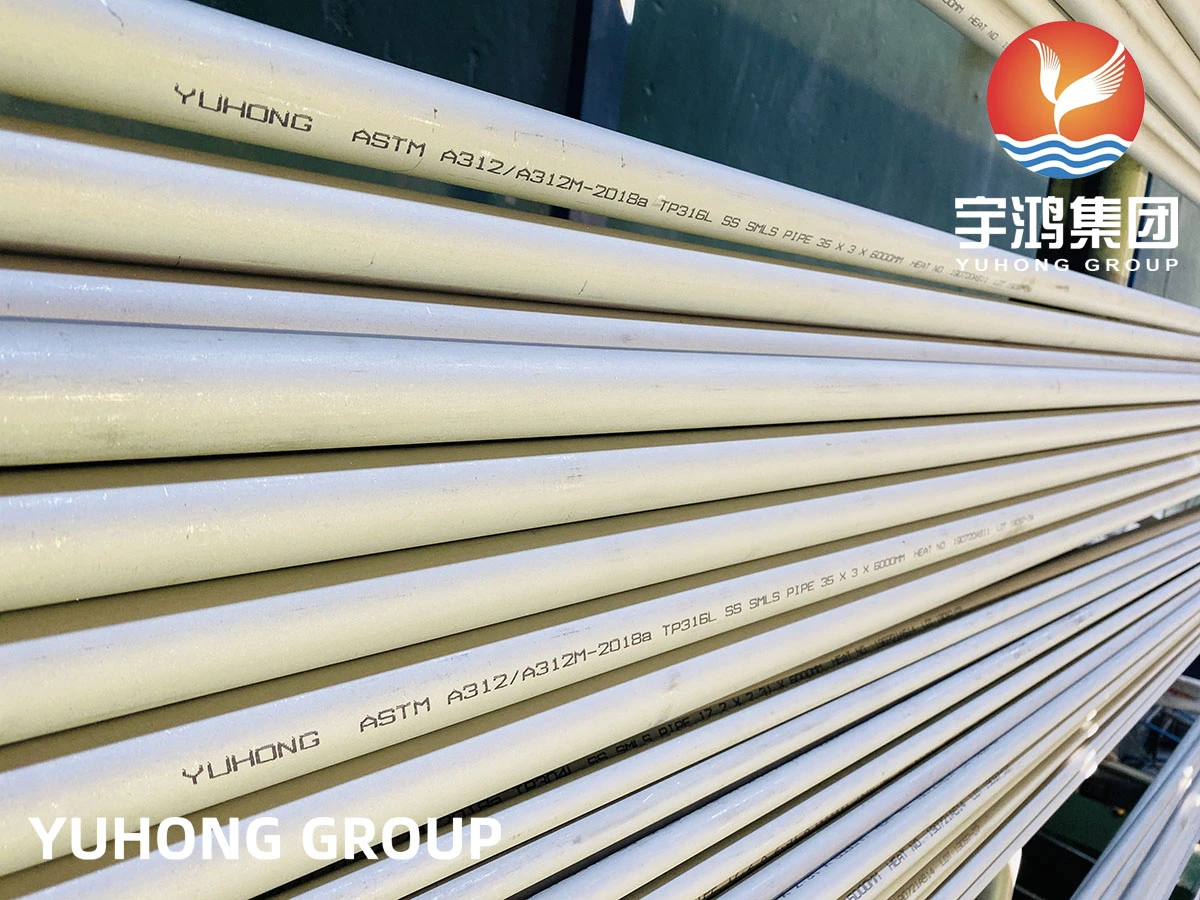
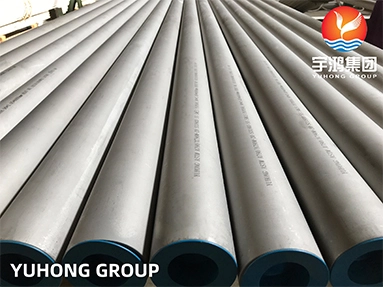
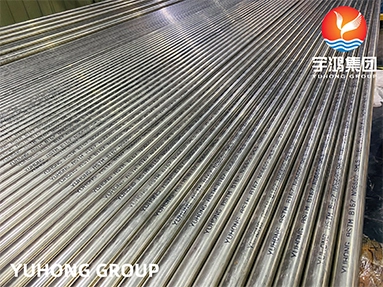
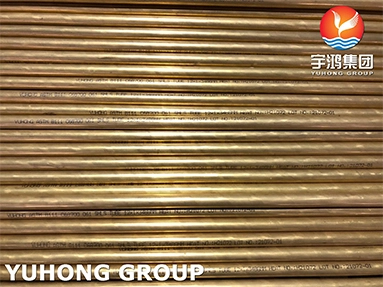
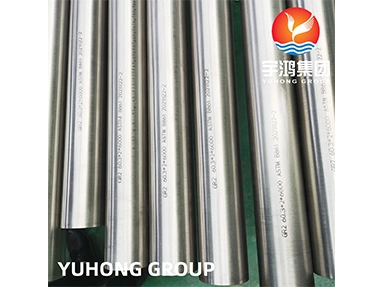
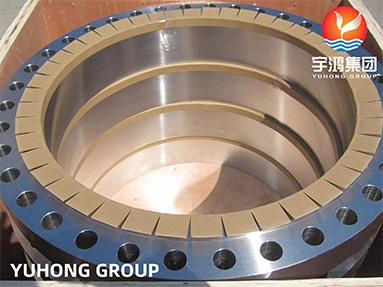
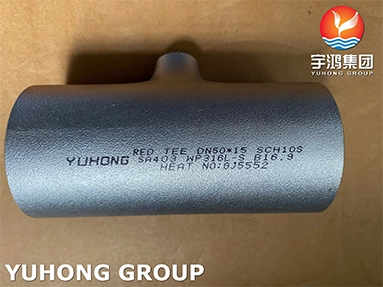
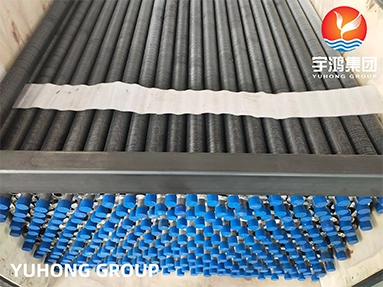
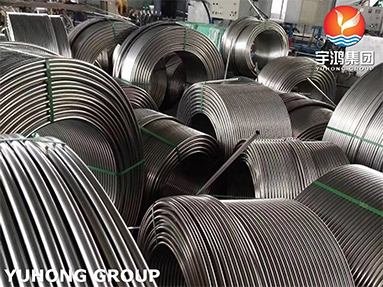


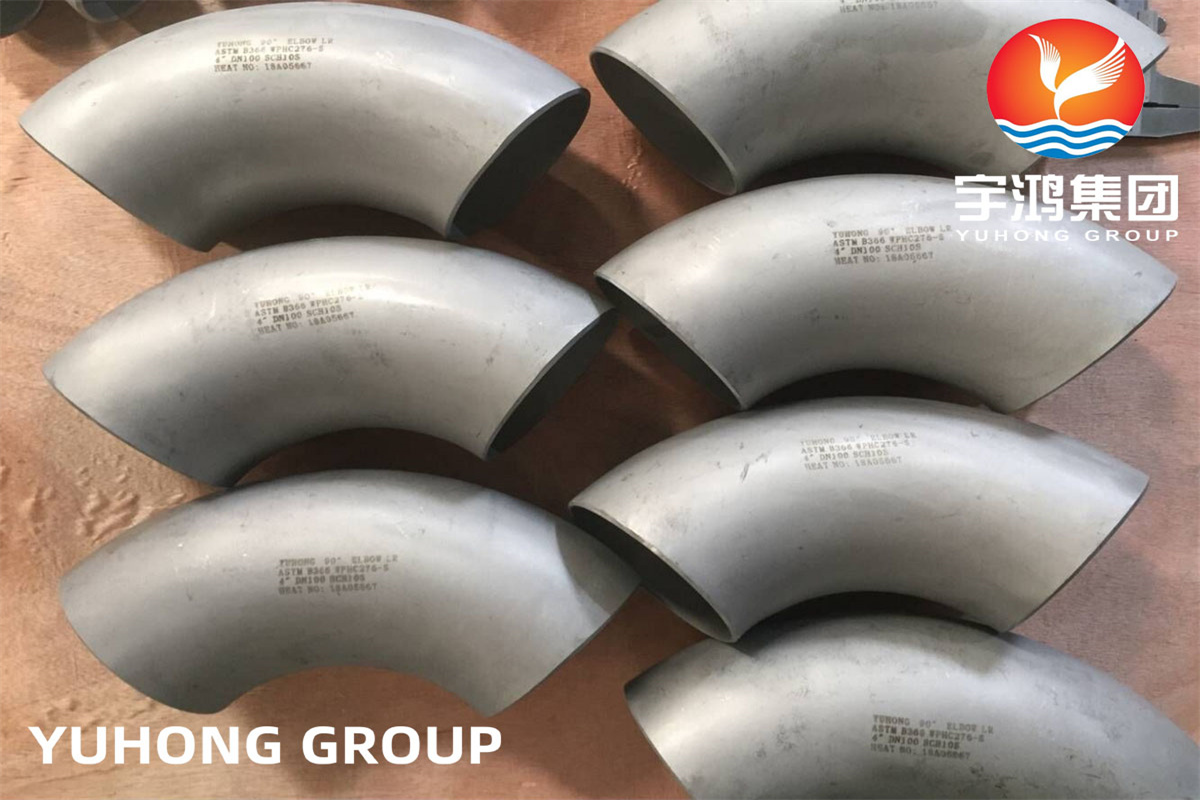
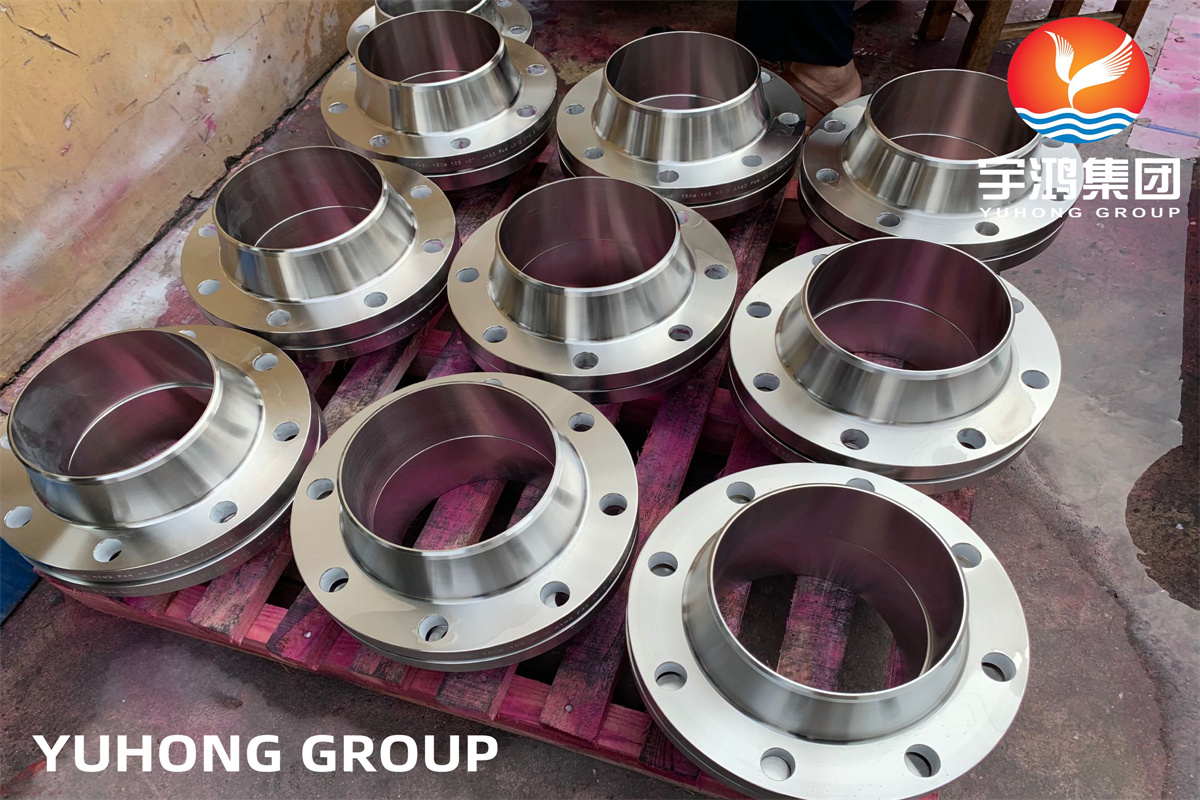
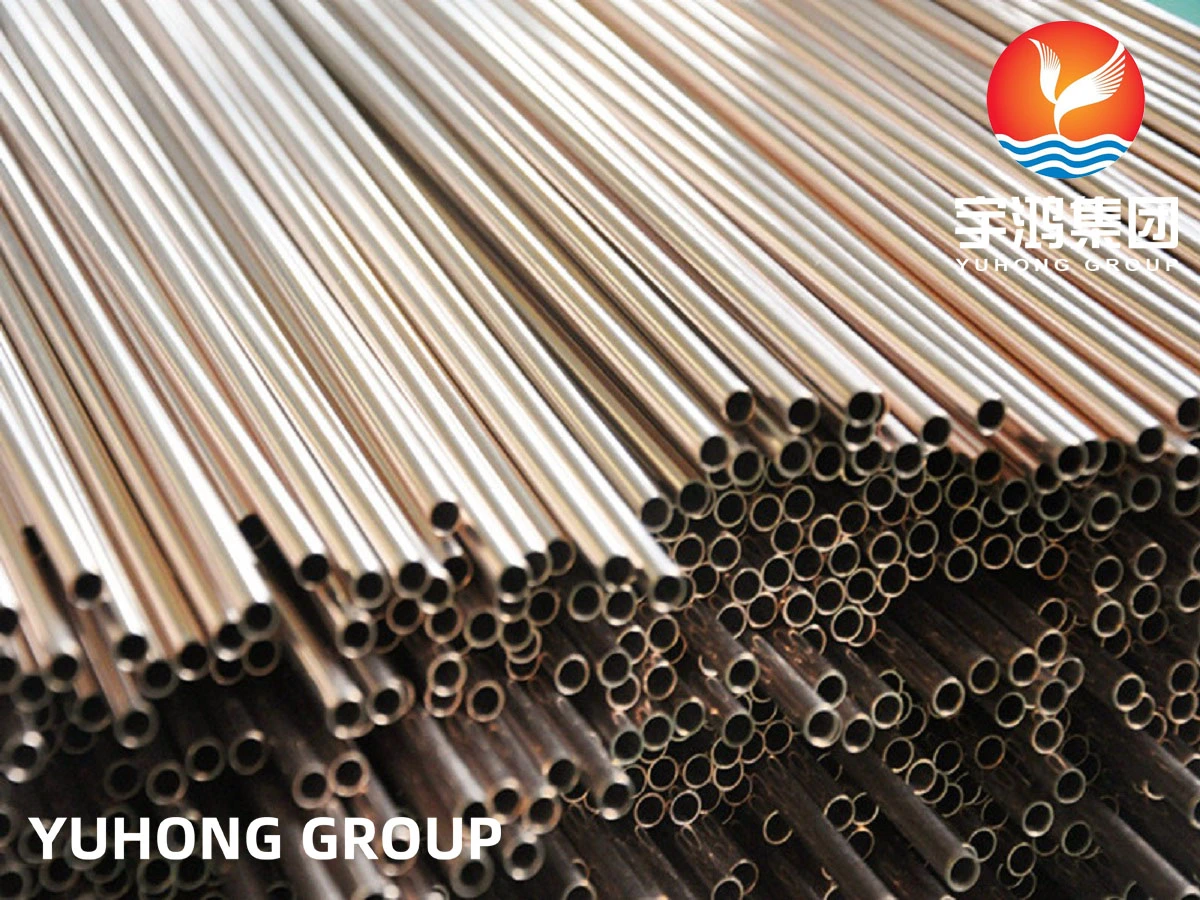
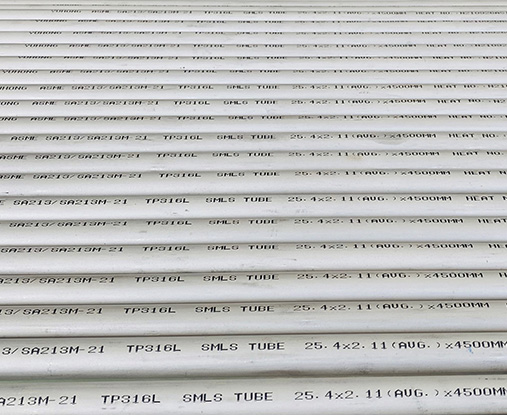
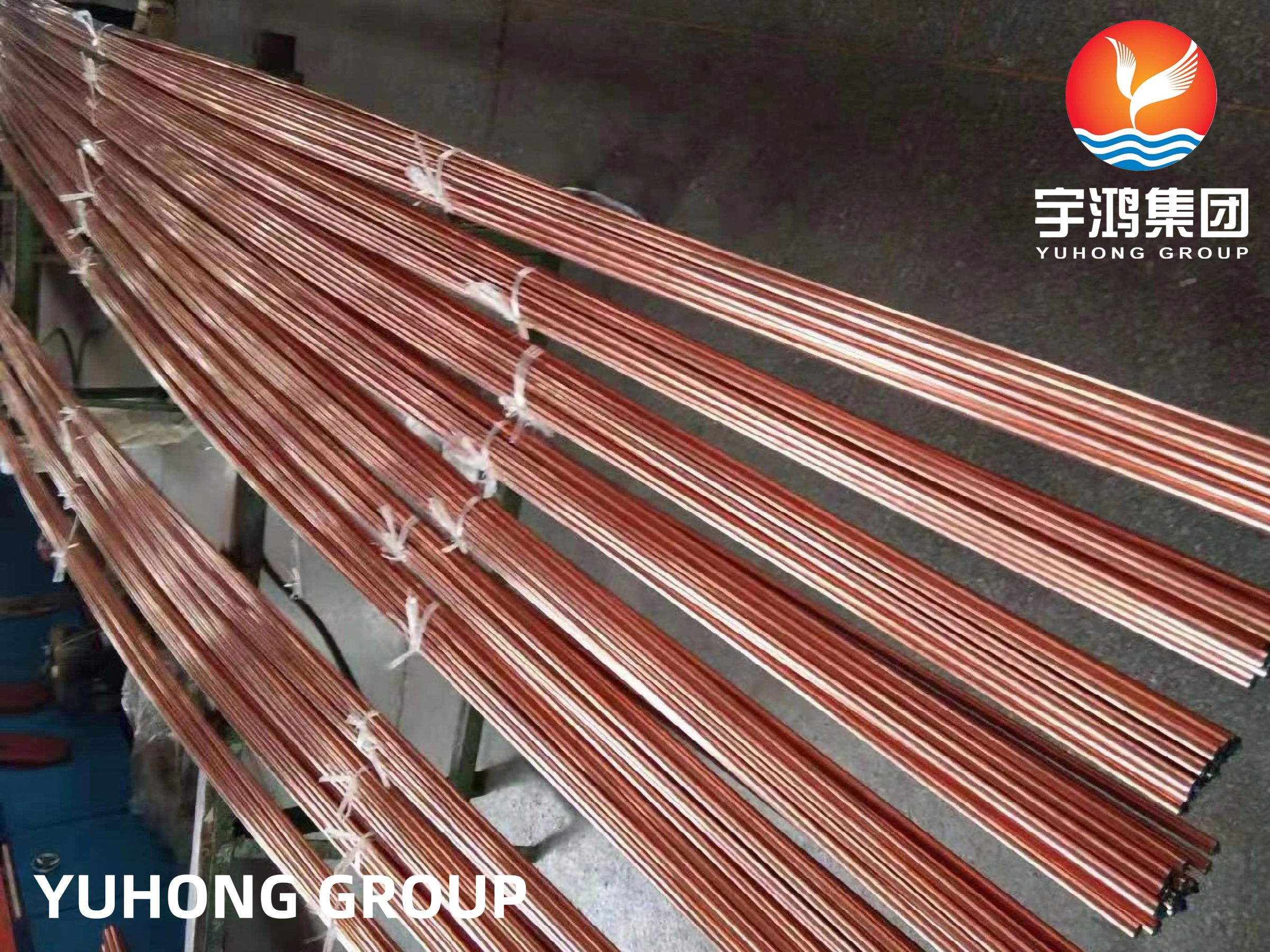
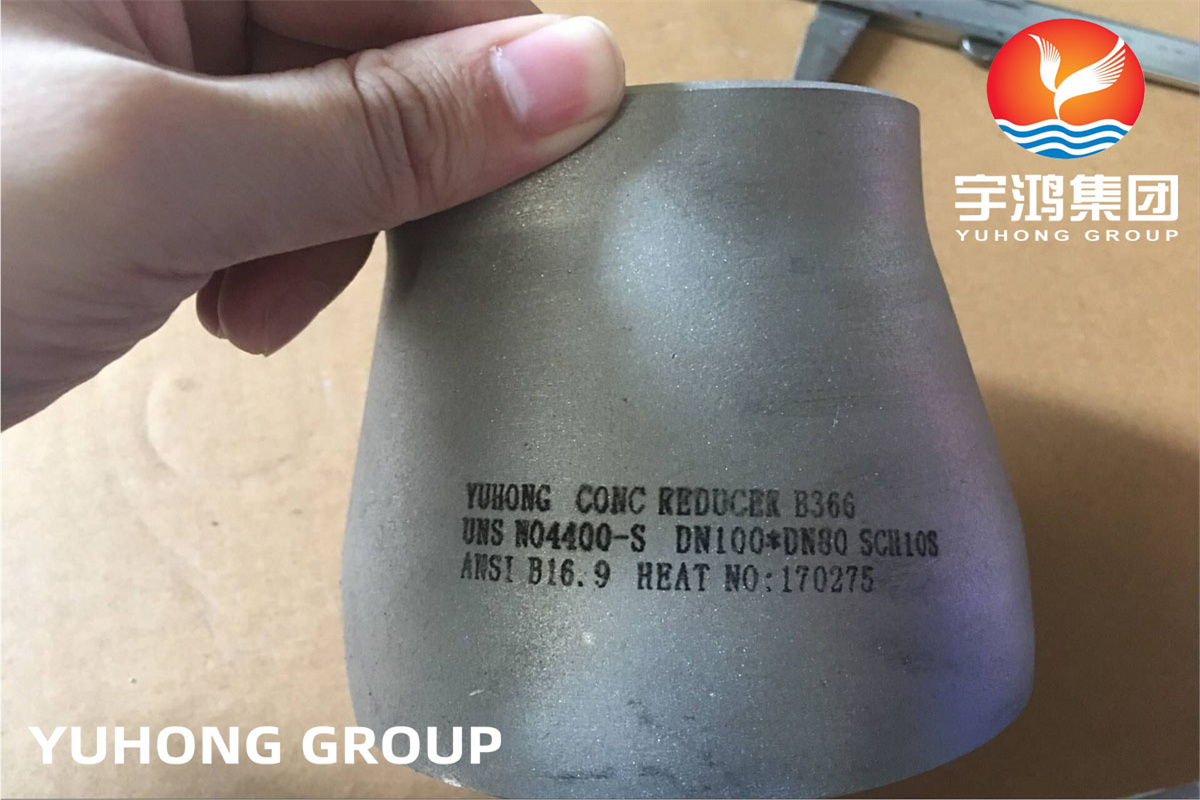
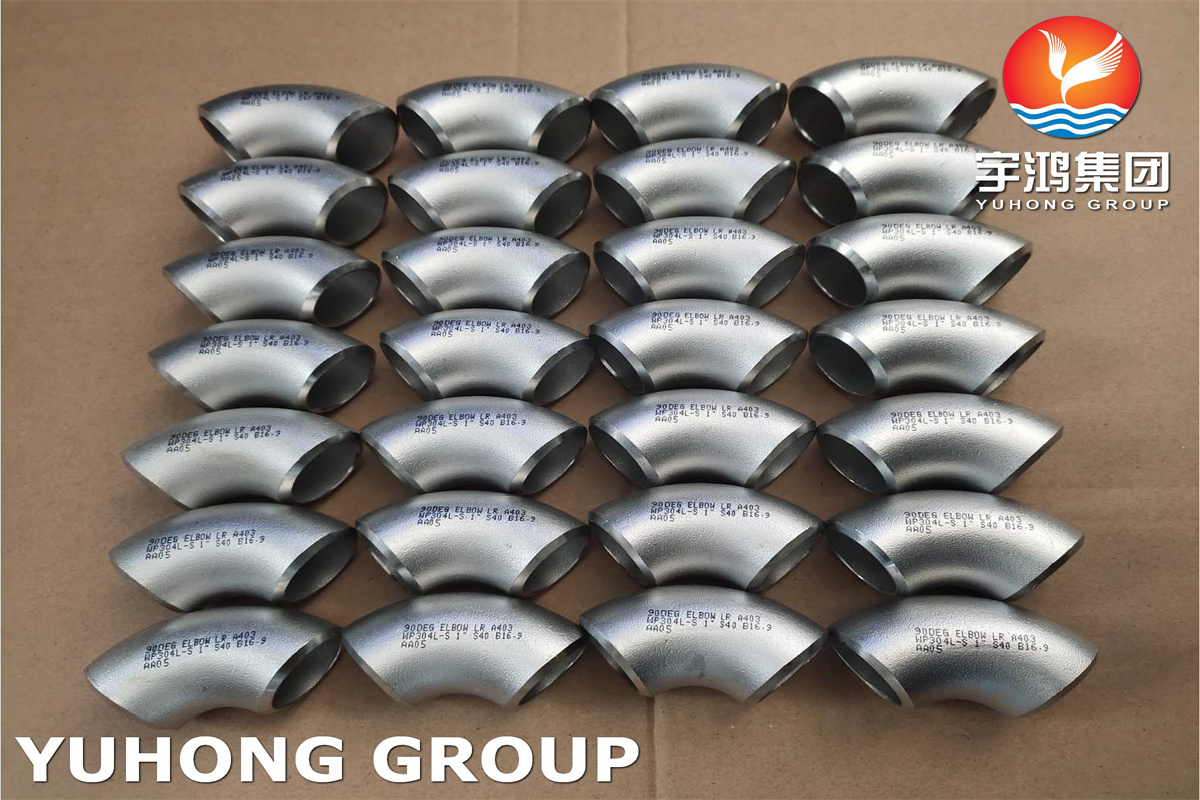
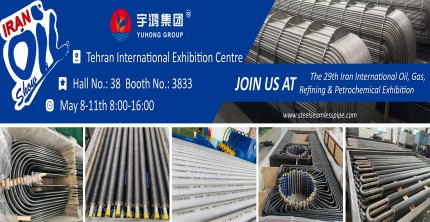
_副本.webp)
